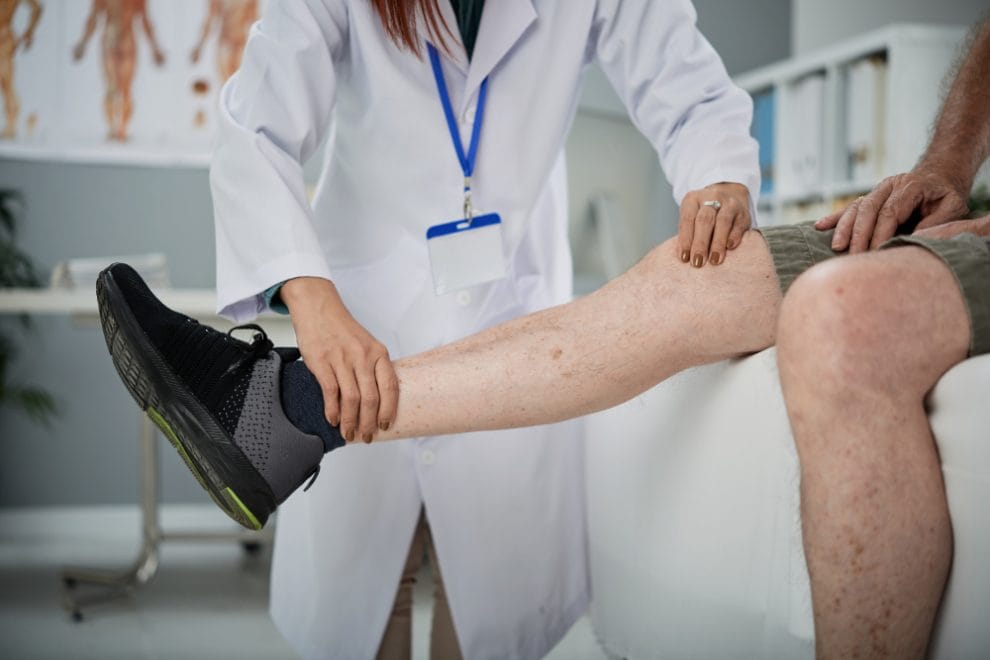Understanding Partial Knee Replacement: Is It Right for You?

Partial knee replacement, also known as unicompartmental knee arthroplasty, is a surgical procedure that replaces only the damaged part of the knee joint rather than the entire joint. It is a less invasive alternative to total knee replacement and can be a viable option for patients with specific types of knee arthritis. This article explores what partial knee replacement entails, who may be a good candidate, its benefits, risks, and recovery process to help you determine if it’s the right choice for you.
What is Partial Knee Replacement?
Partial knee replacement focuses on repairing only the damaged area of the knee while preserving healthy bone, cartilage, and ligaments. It is most commonly performed when arthritis is limited to one compartment of the knee—either the medial (inner), lateral (outer), or patellofemoral (front) compartment.
During the procedure, the surgeon removes the damaged bone and cartilage and replaces them with metal and plastic components. This approach minimizes the impact on surrounding tissue, making the surgery less invasive compared to total knee replacement.
The decision to opt for partial versus total knee replacement depends on factors such as the severity of arthritis and overall joint health. Your orthopedic surgeon will assess your specific condition to recommend the best option.
Who is a Candidate for Partial Knee Replacement?
Partial knee replacement is not suitable for everyone. It is typically recommended for patients with the following characteristics:
- Localized Arthritis
Candidates often have osteoarthritis confined to a single compartment of the knee. If arthritis has spread to multiple areas, a total knee replacement may be more appropriate. - Adequate Knee Stability
A stable knee with strong ligaments is crucial for the success of a partial knee replacement. Patients with severe ligament damage or instability may not be ideal candidates. - Reasonable Range of Motion
Patients should retain a good range of motion in their knee joint, as this contributes to better outcomes after surgery.
Consulting an orthopedic specialist is essential to determine if you meet the criteria for this procedure. Advanced imaging tests such as X-rays or MRI scans are often used to confirm the extent of joint damage.
Benefits of Partial Knee Replacement
Partial knee replacement offers several advantages over total knee replacement, making it an appealing option for many patients:
- Smaller Incision and Quicker Recovery
Because the surgery targets only a portion of the knee, it requires a smaller incision. This typically results in less pain, minimal scarring, and a faster recovery time compared to total knee replacement. - Preservation of Healthy Tissue
By retaining more of the natural knee structure, including ligaments and cartilage, patients often experience a more natural feel during movement. - Shorter Hospital Stay
Most patients undergoing partial knee replacement can leave the hospital within one to two days, and some may even qualify for same-day discharge. - Improved Long-Term Outcomes
Studies suggest that partial knee replacements can provide excellent pain relief and functionality, with many implants lasting 10–15 years or longer.
Risks and Potential Complications
While partial knee replacement is generally safe, it carries some risks, as with any surgical procedure:
- Infection
Although rare, infections can occur at the surgical site. Proper post-operative care and following your surgeon’s instructions can reduce this risk. - Blood Clots
There is a small risk of developing blood clots after surgery. Your doctor may recommend blood thinners or compression devices to prevent this complication. - Progression of Arthritis
If arthritis spreads to other compartments of the knee over time, additional treatment or a total knee replacement may become necessary. - Implant Loosening or Wear
Over time, the artificial components used in partial knee replacement may wear out or become loose, requiring revision surgery.
The Recovery Process
Recovering from partial knee replacement is typically quicker and less demanding compared to total knee replacement. Here’s what you can expect during the recovery journey:
- Immediate Post-Surgery
Physical therapy usually begins within a day of surgery to restore strength and mobility. Most patients can bear weight on the knee almost immediately. - First Few Weeks
Regular physical therapy sessions will help you regain flexibility and function. You may need crutches or a walker for support initially but can often transition to walking unaided within a few weeks. - Full Recovery
While most patients can resume daily activities within 4–6 weeks, full recovery may take up to 3–6 months. High-impact activities should be avoided unless approved by your surgeon.
Alternatives to Partial Knee Replacement
For patients who do not qualify for partial knee replacement or prefer non-surgical solutions, other options are available:
- Medications
Pain relievers and anti-inflammatory drugs can help manage symptoms in the short term. - Injections
Corticosteroid or hyaluronic acid injections can provide temporary relief for knee pain and stiffness. - Physical Therapy
Strengthening the muscles around the knee joint can alleviate stress and improve mobility. - Assistive Devices
Using knee braces or orthotic devices can provide additional support and reduce pain.
Final Thoughts
Partial knee replacement is an effective solution for individuals with localized arthritis or joint damage. It offers significant benefits, such as faster recovery and a more natural feel compared to total knee replacement. However, it’s important to weigh the potential risks and consult with an orthopedic specialist to determine if this procedure is right for you. By understanding your options and working closely with your healthcare provider, you can make an informed decision that aligns with your health and lifestyle needs.
Say Goodbye to Knee Pain Today! 🦵✨
Are you ready to take control of your mobility and live pain-free? Discover the simple, 1-minute-a-day solution that’s transforming lives. Don’t wait—start your journey to stronger, healthier knees now!
👉 Click Below to Get Started!
Leave a Reply

You may also like